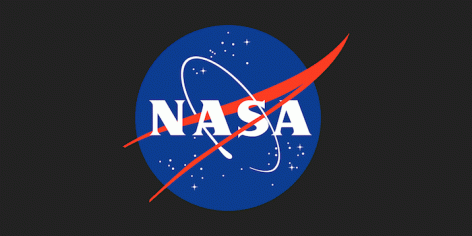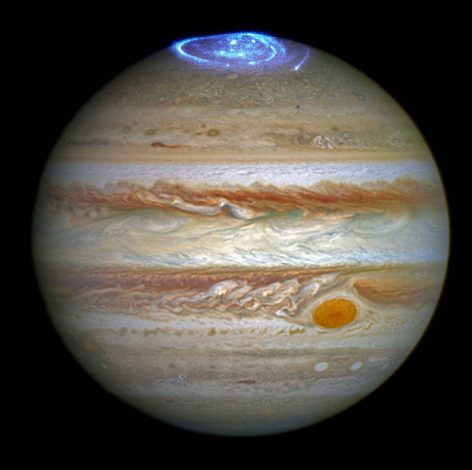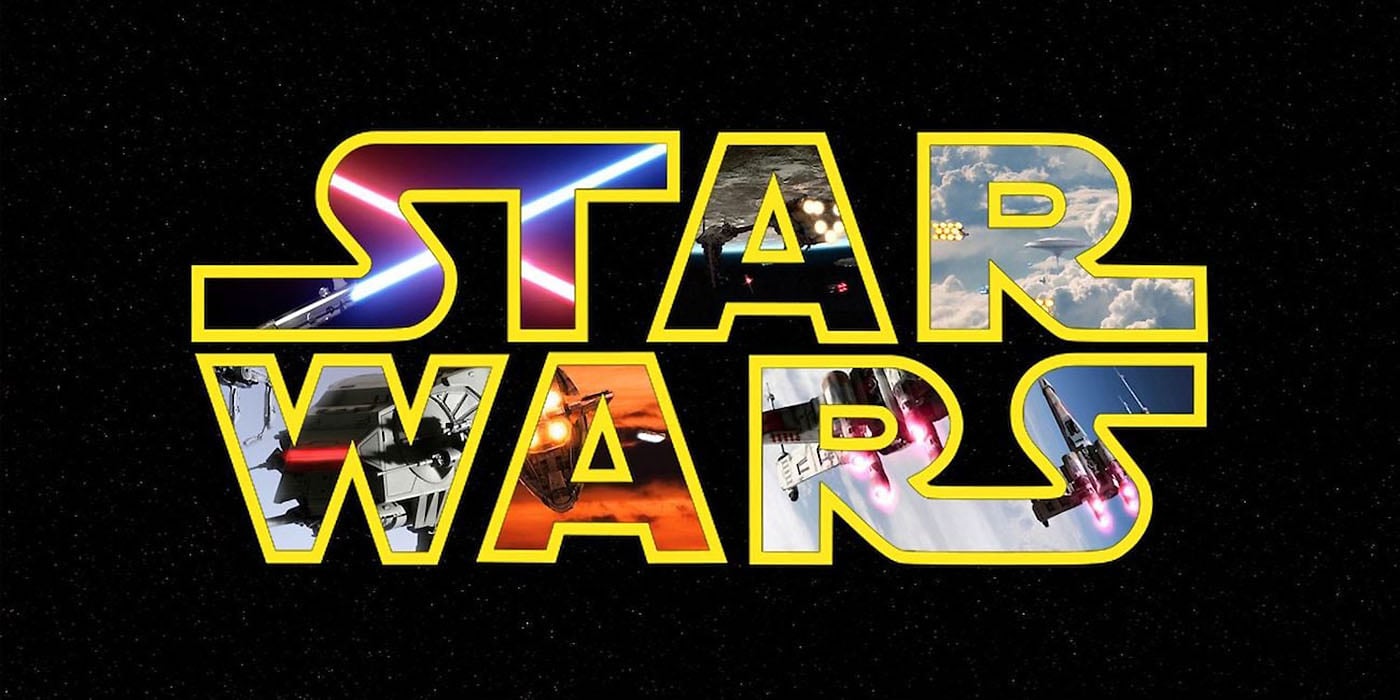Geekery: Hubble Captures Striking Auroras on Jupiter


Jupiter is known for its colorful storms and Great Red Spot – take a look at the size of its auroras!
The Hubble’s ultraviolet telescope has caught some amazing images of an auroras on Jupiter’s poles. Auroras are created when high energy particles enter the atmosphere of a planet near its magnetic poles and collide with gas atoms. The gas giant’s auroras are huge, and much more energetic than the ones we have on Earth. Both ours and Jupiter’s auroras are caused by solar winds. NASA is studying how the components of Jupiter’s auroras respond to solar wind – they’re examining the properties of the wind itself. Jupiter’s auroras have a secondary source for its auroras: particles from its moon, Io. These extra particles cause the auroras to be constant.
“These auroras are very dramatic and among the most active I have ever seen”, said Jonathan Nichols from the University of Leicester, U.K., and principal investigator of the study. “It almost seems as if Jupiter is throwing a firework party for the imminent arrival of Juno.”
To highlight changes in the auroras Hubble is observing Jupiter almost daily for several months. Using this series of far-ultraviolet images from Hubble’s Space Telescope Imaging Spectrograph, it is possible for scientists to create videos that demonstrate the movement of the vivid auroras, which cover areas bigger than Earth.
The new observations and measurements made with Hubble and Juno will help to better understand how the sun and other sources influence auroras. While the observations with Hubble are still ongoing and the analysis of the data will take several more months, the first images and videos are already available and show the auroras on Jupiter’s north pole in their full beauty.
Makes you feel small, doesn’t it?




